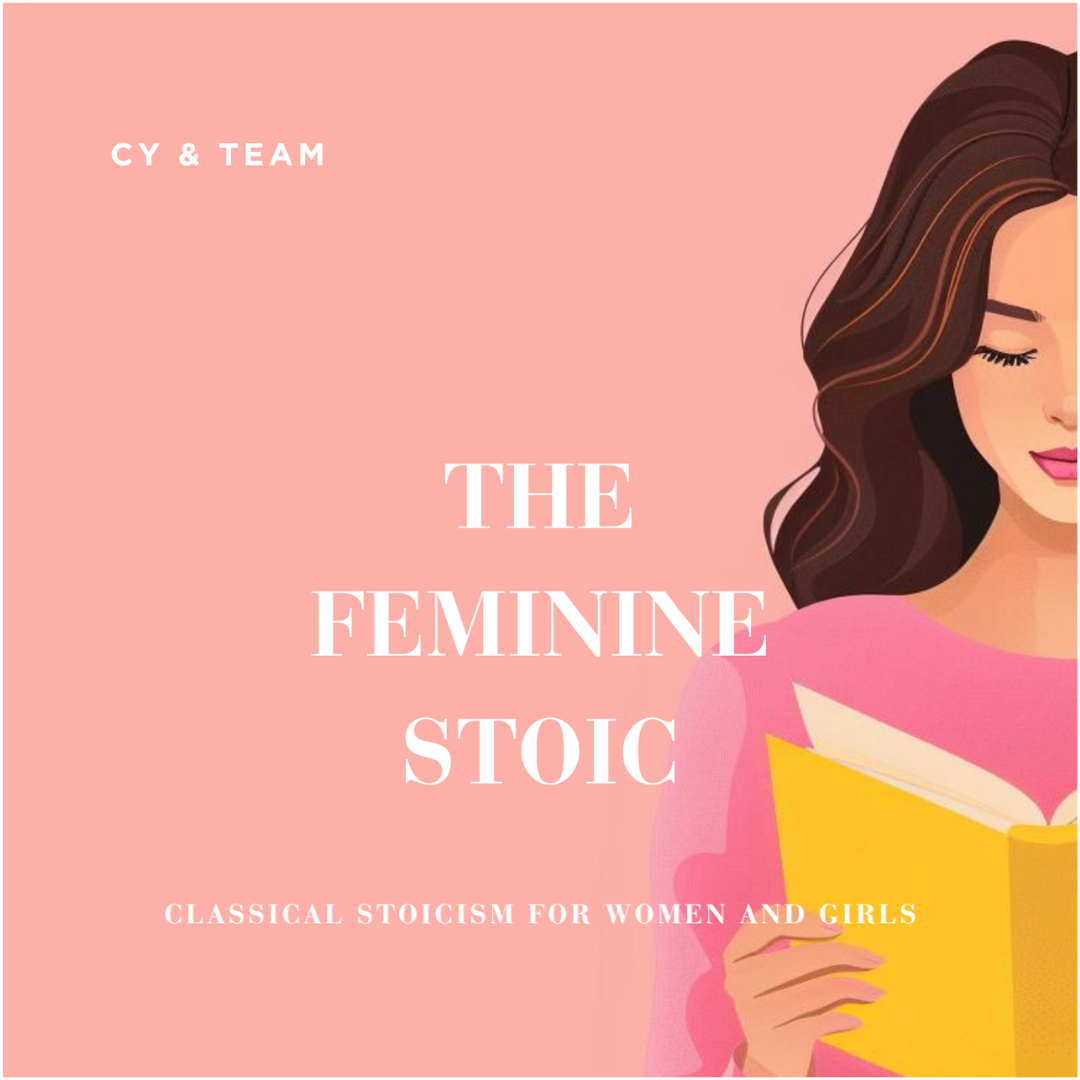'Killers of the Flower Moon'(2023): A Beautiful Tragedy
This captivating film can only be truly appreciated by seeing it firsthand. There are not enough words to describe the terrible beauty one experiences while watching it.
Incluvie Foundation Gala - Learn More


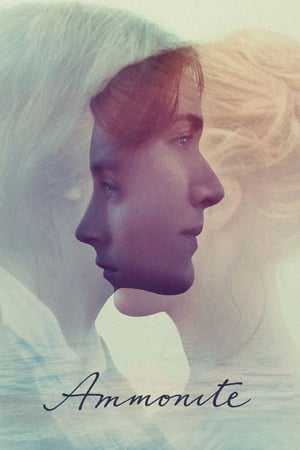


Nothing but snow for miles. All that meets the eye is a white, pure as a celestial’s love for their soulmate. In that freezing land, cold as the heart of a woman trapped in a loveless marriage, passion is a rare sight. And it’s where Abigail (Katherine Waterston), lives with her husband Dyer (Casey Affleck), trying her best to cope with the loss of her daughter while doing the job of a homemaker. Their conversations make it plenty clear that the attachment has become commoditized over the ages, the marriage gradually shrinking into a mere functional entity, despite the love not having faded away. In that bleak existence, a new neighbour, especially a pretty woman like Tallie (Vanessa Kirby) provides a source of much-coveted companionship. And it’s the bond forged between the two navigating the pitfalls of married life that lights a fire even the fierce life-threatening blizzard cannot blow out. It burns with the passion of a wildfire, but their extenuating circumstances prevent its proliferation.
The visual grammar of The World to Come is the most powerful tool at director Mona Fastvold’s disposal to convey the frenzied nature of the relationship between Abigail and Tallie. For example, the first time they meet, Abigail is dressed in black, while Tallie wears a white dress. This possibly acknowledges that Abigail is in a state of mourning for her lost child, and is also the more repressed of the two. Tallie, at the moment, is a fresh presence in her life. It might also be foreshadowing for the reveal that she’s isolated in her marriage, as her husband Finney (Christopher Abbott) is harshly unappreciative of her. However, at the moment, she also represents a gift from the world for Abigail. Everywhere she looks outside, it’s white, and then Tallie walks in from outside, dressed in white, a stark contrast from the inside of her house, which is dimly lit in the daytime, and definitely distinct from the brightness that Tallie seems to exude by just being herself. Moreover, the way the camera lingers on Tallie’s hands, as she fidgets with her cuff, or on her face as Abigail narrates to us, how she perceived Tallie, makes abundantly clear, the nature of the affection Abigail wanted to engage.
The play on colours continues when Abigail and Dyer visit Tallie and Finney. Now Abigail’s in a red gown, while Tallie’s dressed in black. Abigail seems to have found a newborn interest with love, now that she was occupied all the time with thoughts of her newfound companion, and this liveliness is reflected in the red. Tallie, on the other hand, is still perceived as a source of intrigue and definitely authoritative in Abigail’s perception because she longs for Tallie to take command as she’s still bereft of words. Even before that, the first time they make physical contact, a subtle movement from Tallie as her finger creeps over and curls around Abigail’s, the frame is shot with the fireplace in the background. It’s a much less subtle metaphor for sure, but I believe it’s the visual representation of the richness of the emotional journey set in motion by that one slight touch. The first kiss actually has Abigail take the lead, and interestingly she’s in black, the image of authority, while Tallie’s in white, hesitant in her innocence. On the other hand, their riskiest moment, in Abigail’s house, has Tallie in black, as she takes control as the temptress, leading the pure Abigail into uncharted territories of thrill.
On the matter of representation, the film’s title, as Vanessa Kirby herself mentioned in an interview with The Guardian, is a nod to the fact that this is a world inherited by women from less fortunate ones, and hopefully being passed on to more fortunate ones. The deplorable plight of women who were mere possessions of their husbands, in the 19
century, in which the film is set, happens to be the central focus of the rift between Tallie and Finney. Finney repeats verses from the Bible to support his claim that Tallie shouldn’t behave like her own person, and her importance derives from the necessity of her existence, as decided by him. The misogyny is confronted head-on, in their marriage, and it’s not watered down for the comfort of the audience, except for a modesty in presentation which reflects on the time it’s set in. You’ll not see fights like in Big Little Lies between Nicole Kidman’s and Alexander Skarsgard’s characters. Like everything Abigail, the situation in her marriage is addressed much more subtly, most memorably in the form of an exasperated observation she makes to herself. She says ‘Daughters are married off so young that everywhere you look, a slender and unwilling girl is being forced to stem a sea of tribulations before she is even full-grown in height.’ She laments about her plight as who doesn’t even appear in her husband’s records beyond the rare purchase of an expensive dress, despite the innumerable chores she completes, for which she’s taken for granted.
While film and TV still have a long way to go when it comes to LGBT representation, there are so many more opportunities for LGBT people to see themselves onscreen than there were even a few years ago. Best of all, some of the best LGBT films and shows are available online for free or on popular streaming services that you might already be subscribed to. Here are some of my top picks for films and TV shows with positive LGBT representation, sorted by where you can find them. (Note: This list is accurate as of June 2021, but streaming libraries change frequently.)
Tubi offers a library of over 20,000 movies and shows for the unbeatable price of zero dollars, as long as you're willing to put up with a few ads.
Must-Watch LGBT Movies Online Recommendations
Francis Lee’s much-anticipated period romance, Ammonite, stars Kate Winslet and Saoirse Ronan as two women who fall in love against the backdrop of the English coast. Ammonite is both more and less than I expected, with Winslet and Ronan delivering stellar performances in a story that doesn’t quite live up to its potential.
Lee opens the film with an extended shot of a nameless woman scrubbing a museum floor. A group of men barks at her to move as they carry a fossil across the room. The scene effectively, if rather unsubtly, establishes the theme of devalued female labor.
We then meet Mary Anning (Winslet), a paleontologist eking out a bleak existence with her distant mother (played sublimely by Gemma Jones). Mary’s passion is excavating and studying the fossils she finds in the cliffs along the English Channel, but she makes ends meet by selling trinkets to tourists. Mary’s bitterness and loneliness stem from a series of traumas that largely remain implied. It’s been far too long since Winslet had a role with this much depth, and her powerful yet restrained performance alone makes Ammonite worth a watch.
The World to Come (2021) is an astonishingly beautiful love story. Mona Fastvold’s nineteenth century lesbian romance is emotionally charged, restrained, and poetic without feeling forced. Helped along by the incredible performances of its cast and its gorgeous visuals, the film tells a story of isolation and connection, bleakness and joy.
The World to Come is focused on two couples working hard just to survive on the American East Coast frontier in the 1850s. Abigail (Katherine Waterston) and husband Dyer (Casey Affleck) have recently lost a daughter to diphtheria, and they’re struggling with grief that leaves no room for closeness between them. Tallie (Vanessa Kirby) and her unrelenting husband Finney (Christopher Abbott) have begun renting a farm close by. When Abigail and Tallie meet they form an instant connection, a stark contrast from their previous isolation.
The film is narrated by diary entries from Abigail. The poetic narration is beautifully worded and performed and gives a deep view into Abigail, who is not an outwardly emotionally effusive person. Katherine Waterston’s voiceover narration of the diary entries is just one part of her stunning performance. Her Abigail is quietly desperate — intense yet controlled, at different moments achingly lonely, joyful, anguished. Vanessa Kirby, too, gives a remarkable and passionate performance.
From the moment that the two first lock eyes, the chemistry between Abigail and Tallie is the most striking element of the film. Their strong, clear connection adds to the tension that underscores the entire film. The two light up when together and you can feel their ache for each other when separated, a separation that is made necessary at times due to the unyielding land and at times due to their husbands. The tension at moments in the film, driven by the relationship between Abigail and Tallie and their relationships with their respective husbands, is so palpable it feels as if you could cut through it with a knife.
The World to Come is visually stunning, using gorgeous natural imagery. The world of the film is often bleak and sparse, yet it’s captured very beautifully. Its overall atmosphere alternates between coldness and warmth with an underlying darkness, which adds to the fiery nature of the film and its central relationship. The film’s visuals also work with the soundtrack to create an incredibly atmospheric film.
As Ammonite and Supernova enter theaters and get their VOD releases, audiences are given their annual taste of queer cinema for the winter awards season. And once again, as it was in 2005 when Brokeback Mountain was dominating the Oscars conversation, what few queer-themed films that are released continue to star mostly heterosexual and cisgender actors. As a gay man, I have to wonder why this keeps happening so often, decade after decade. And I must be clear, I am first in line to praise Cate Blanchett and Rooney Mara’s powerful performances in Todd Haynes’s Carol, and I do think films like Philadelphia, Milk, Call Me by Your Name, and Brokeback Mountain are worthy of the accolades they receive for their writing, directing, and acting. But I do have to wonder, would these films feel more truthful, or at least more emotionally rich, if these gay characters were actually played by gay people? It isn’t as if there’s a shortage of highly skilled working gay actors, there are certainly trained LGBTQ+ performers out there who struggle to navigate an unequal system.
In a 2020 GLAAD study, of the 118 films counted from major film studios in 2019, 22 (18.6%) contained characters identified as LGBTQ, showing a slight improvement of two films from the previous year’s 20 films (18.2%). GLAAD also reported that the racial diversity of LGBTQ characters decreased to only 34% of LGBTQ characters being people of color. Of these few characters that are identified as LGBTQ, most were portrayed by otherwise successful heterosexual actors (such as in Rocketman, Booksmart, and Velvet Buzzsaw). What if an unknown gay actor played Elio in the high-profile Call Me by Your Name and received an Oscar nomination for his breakout performance, instead of chiseled Tumblr-boy dreamboat Timothée Chalamet? In the massively successful Rocketman, instead of hunky Taron Egerton playing the most muscular version of Elton John ever, what if a gay actor who fits Elton John’s description a little better portrayed the gay icon? Would Ryan Murphy’s The Prom not benefit from replacing James Corden’s arm-flailing, gay-lisped performance with someone like Tituss Burgess?
When a straight actor plays a gay character, it is devoid of any potential authenticity — it is a projection. Some actors will draw from stereotypes and “play gay”… whatever that means to them. Many people would argue that “they are just acting”, and “that is their job, as actors, to replicate truth”, but these arguments don’t change the fact that hardly ever do LGBTQ+ actors get the opportunity to play these types of roles in the first place. There are certainly gay, lesbian, and bisexual actors who have been successful portraying heterosexual characters, but it is not the same issue the other way around because of how many heterosexual and cisgender roles are available in comparison.
Most major film studio executives will not include LGBTQ+ characters in their films out of fear of backlash with international box office success. They see inclusivity as too big of a risk to take when releasing their films to anti-LGBTQ countries. As a result, audiences receive representation in the form of that two-second-long gay Le Fou moment from 2017’s Beauty and the Beast, or that one-scene-long gay role in Avengers: Endgame played by one of the film’s straight directors. Queer people are minimized to these blink-and-you-miss-it characters. Ramin Setoodeh and Elizabeth Wagmeister of Variety said it best;

In 1840s England, palaeontologist Mary Anning and a young woman sent by her husband to convalesce by the sea develop an intense relationship. Despite the chasm between their social spheres and personalities, Mary and Charlotte discover they can each offer what the other has been searching for: the realisation that they are not alone. It is the beginning of a passionate and all-consuming love affair that will defy all social bounds and alter the course of both lives irrevocably.

Francis Lee
Director

Francis Lee
Director
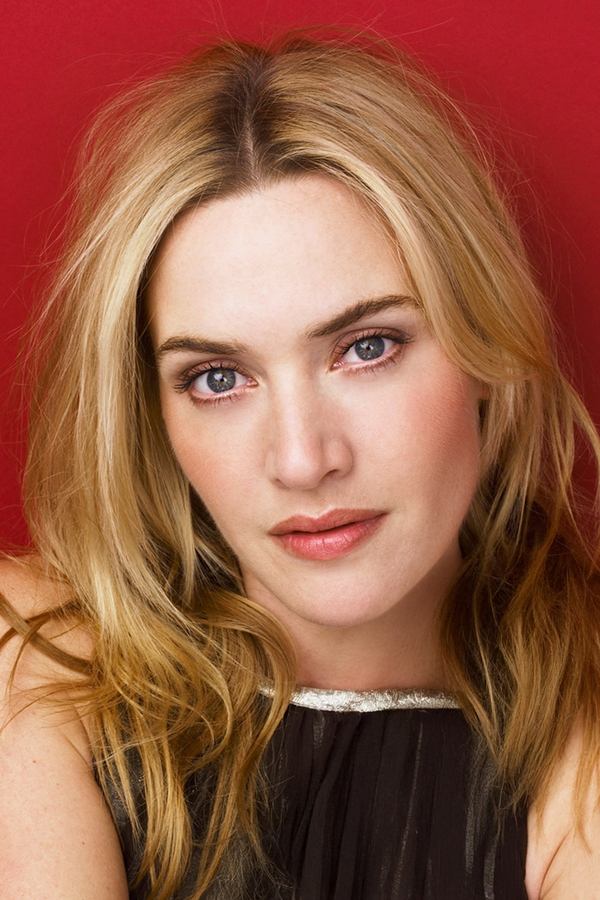
Kate Winslet
Mary Anning

Saoirse Ronan
Charlotte Murchison

Gemma Jones
Molly Anning

James McArdle
Roderick Murchison

Alec Secăreanu
Dr. Lieberson

Fiona Shaw
Elizabeth Philpot
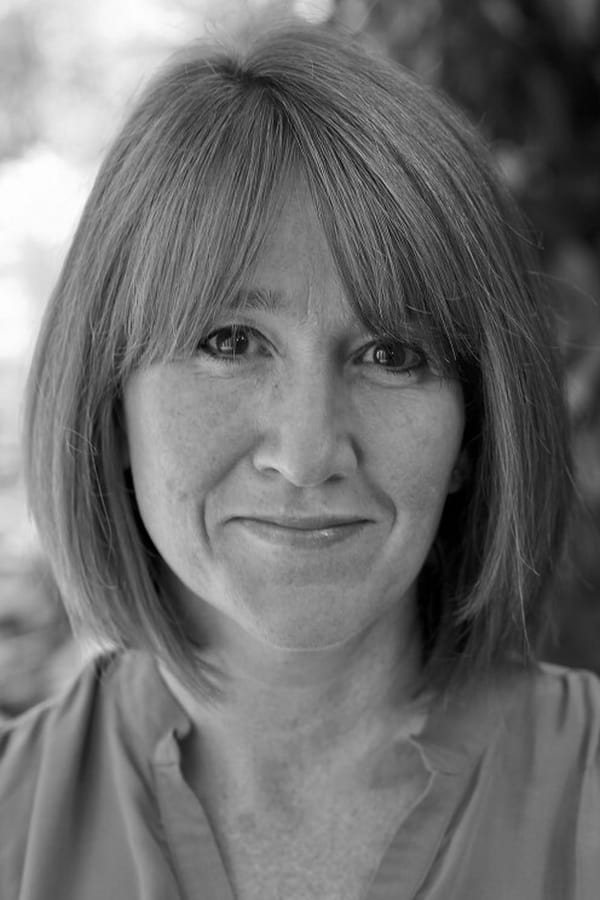
Sarah White
Museum Cleaning Woman

Liam Thomas
Museum Workman
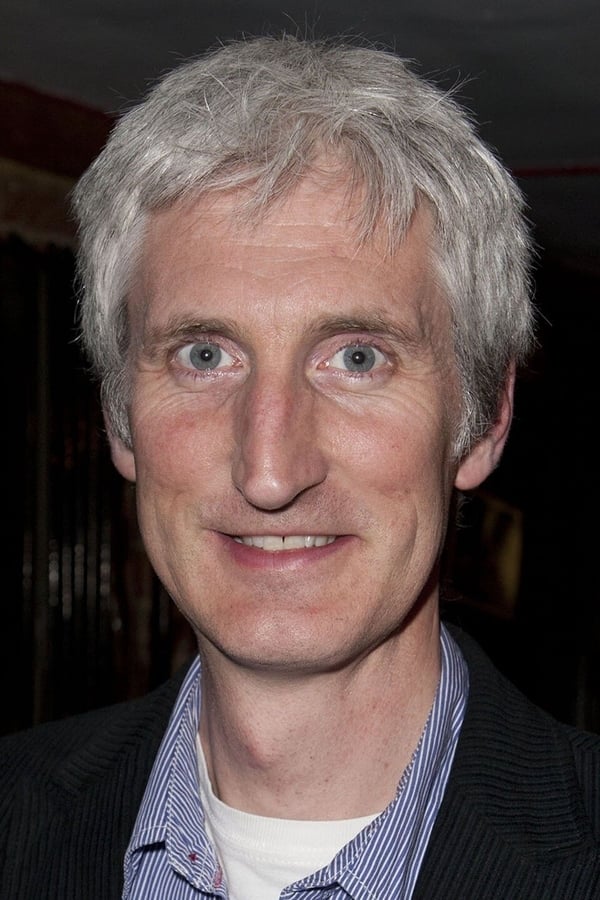
Sam Parks
Curator
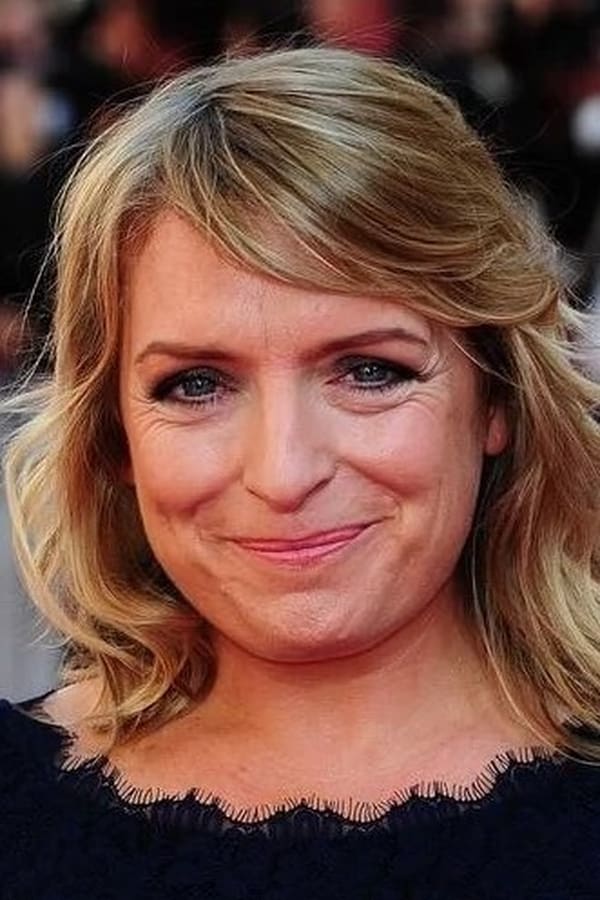
Claire Rushbrook
Eleanor Butters
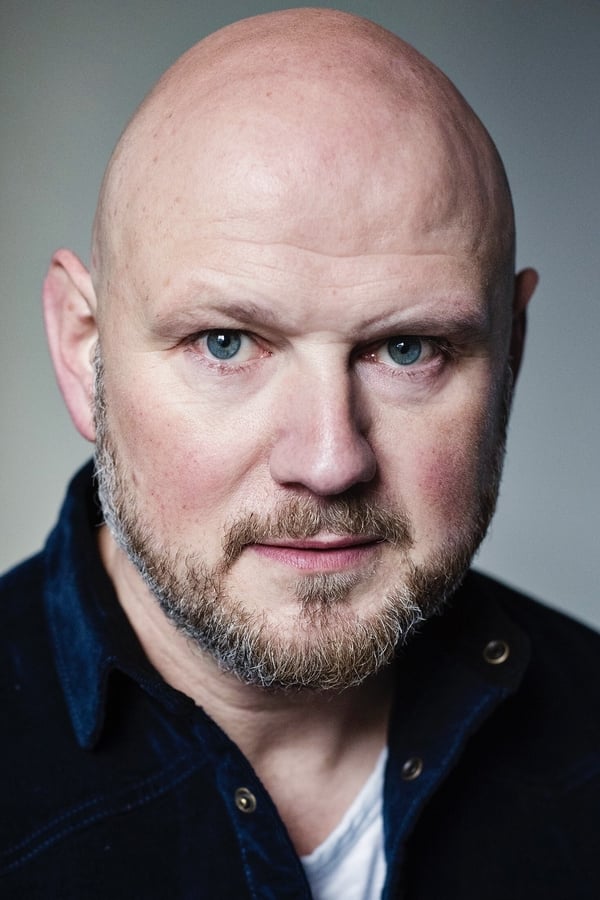
Nick Pearse
Three Cups' Waiter
This captivating film can only be truly appreciated by seeing it firsthand. There are not enough words to describe the terrible beauty one experiences while watching it.
"65" (2023) is the latest Dino flick to try and answer "what else can we do with dinosaurs?"
The May Incluvie Movie Highlights features 3 fantastic coming-of-age films. We explore butterfly-inducing Sneakerella and Crush, and the sadly timely feature - The Fallout, about the after-effects of a school shooting.



